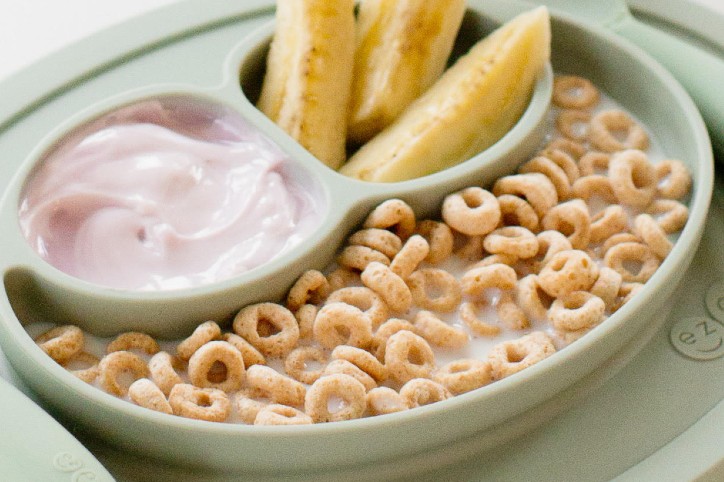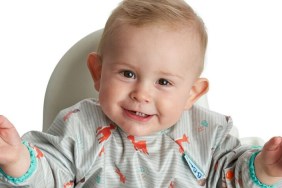Your baby will receive the majority of their nutrition from breastmilk or formula until 12 months of age. At around 6 months (depending on the baby’s readiness signals), parents start introducing solids – generally one food at a time from a bowl. “Once your baby has several foods that they enjoy, you can introduce a divided plate,” says Dawn Winkelmann, M.S, CCC-SLP, a pediatric…








